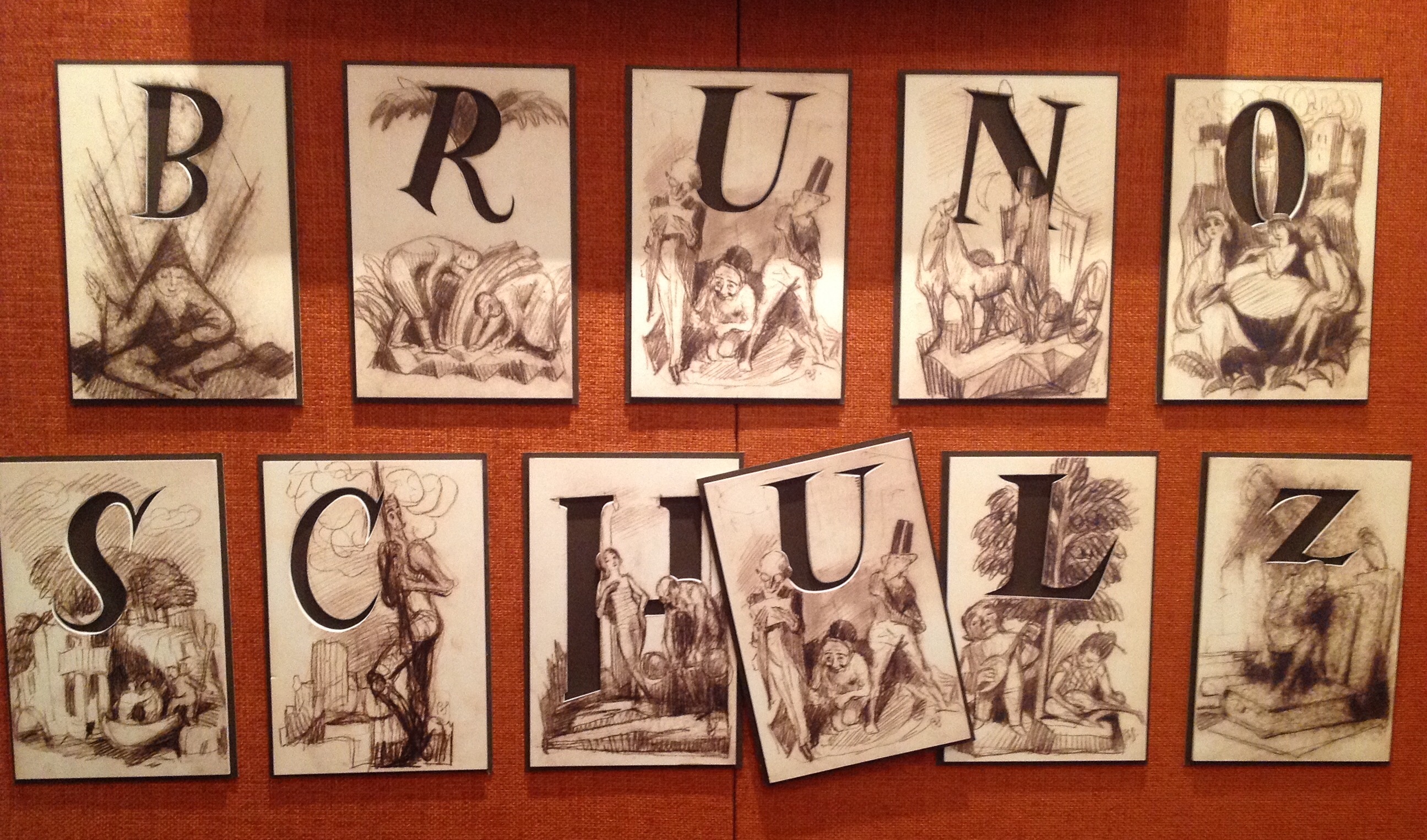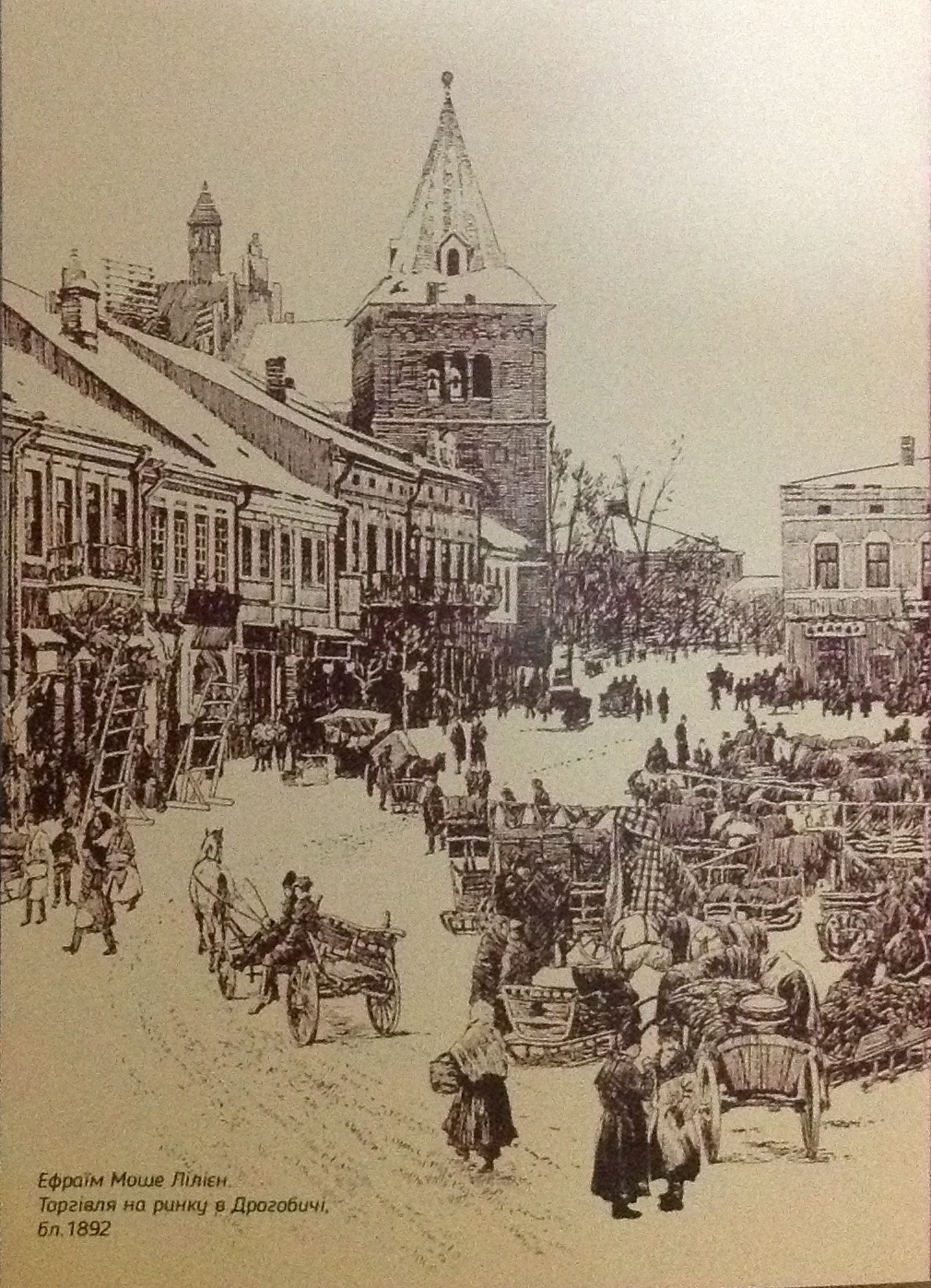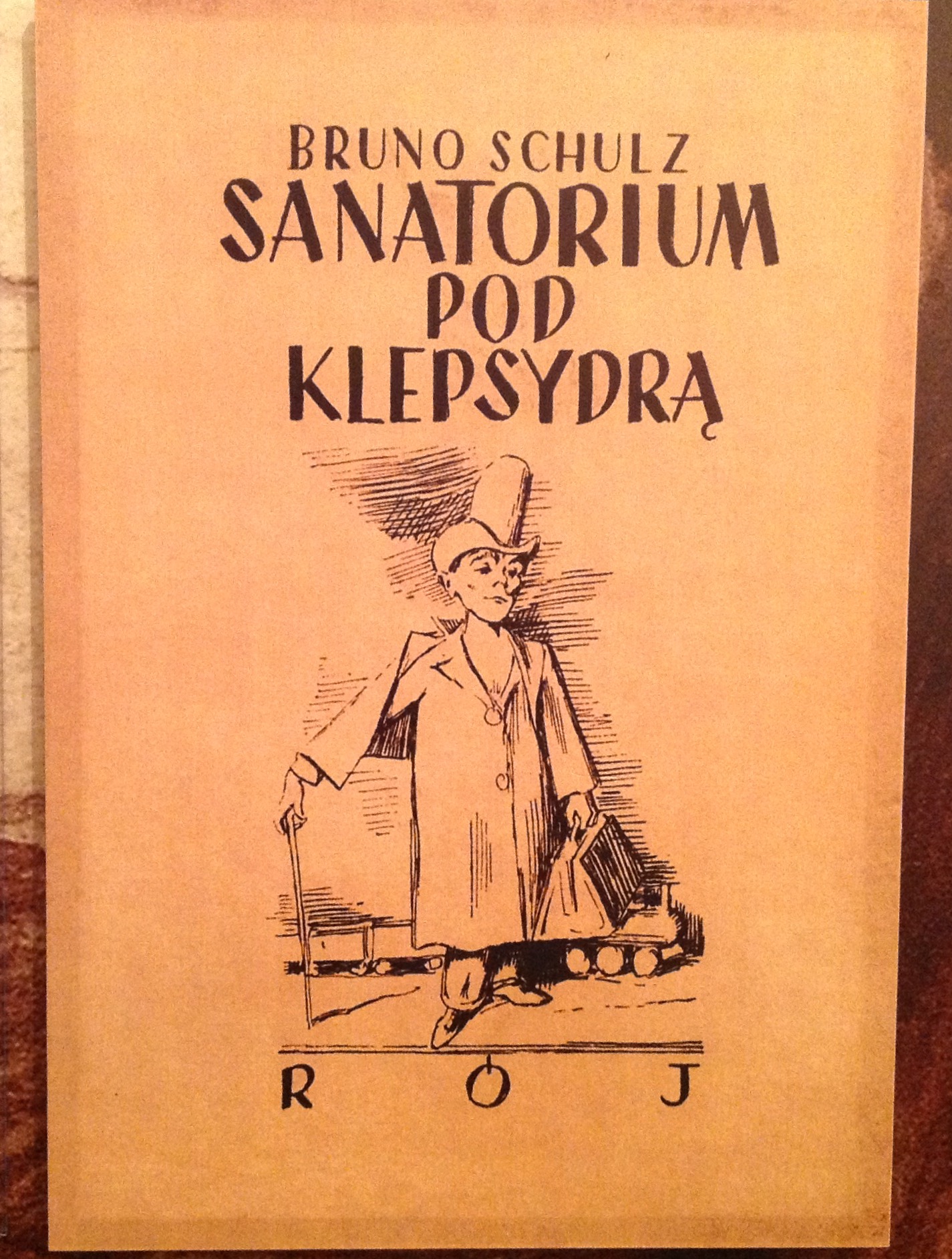 The exhibition is dedicated to one of the most prominent and innovative writer of the 20th century, a painter and a great visionary Bruno Schulz. His artistic oeuvre lies on the crossroads between magical realism, grotesque and expressionism.
The exhibition is dedicated to one of the most prominent and innovative writer of the 20th century, a painter and a great visionary Bruno Schulz. His artistic oeuvre lies on the crossroads between magical realism, grotesque and expressionism.
It is impossible to separate the world of Schulz a painter, from the world created by his literary works and private letters. This is why at the exhibition visitors will find not only drawings, graphic art, and fragments of mural by Schulz, but also quotes from his works and letters that are mean to guide them.
The starting point for the process of mythologization for Shultz is his native town Drohobych, a town which is a background and a place of almost whole artists life, his cradle and his grave. A search of Schulz in Drohobych is akin to his search of a brilliant epoch of childhood/happiness, which he tried to retrieve and fix in his texts and drawings, because Schultz himself is a brilliant epoch for his city.
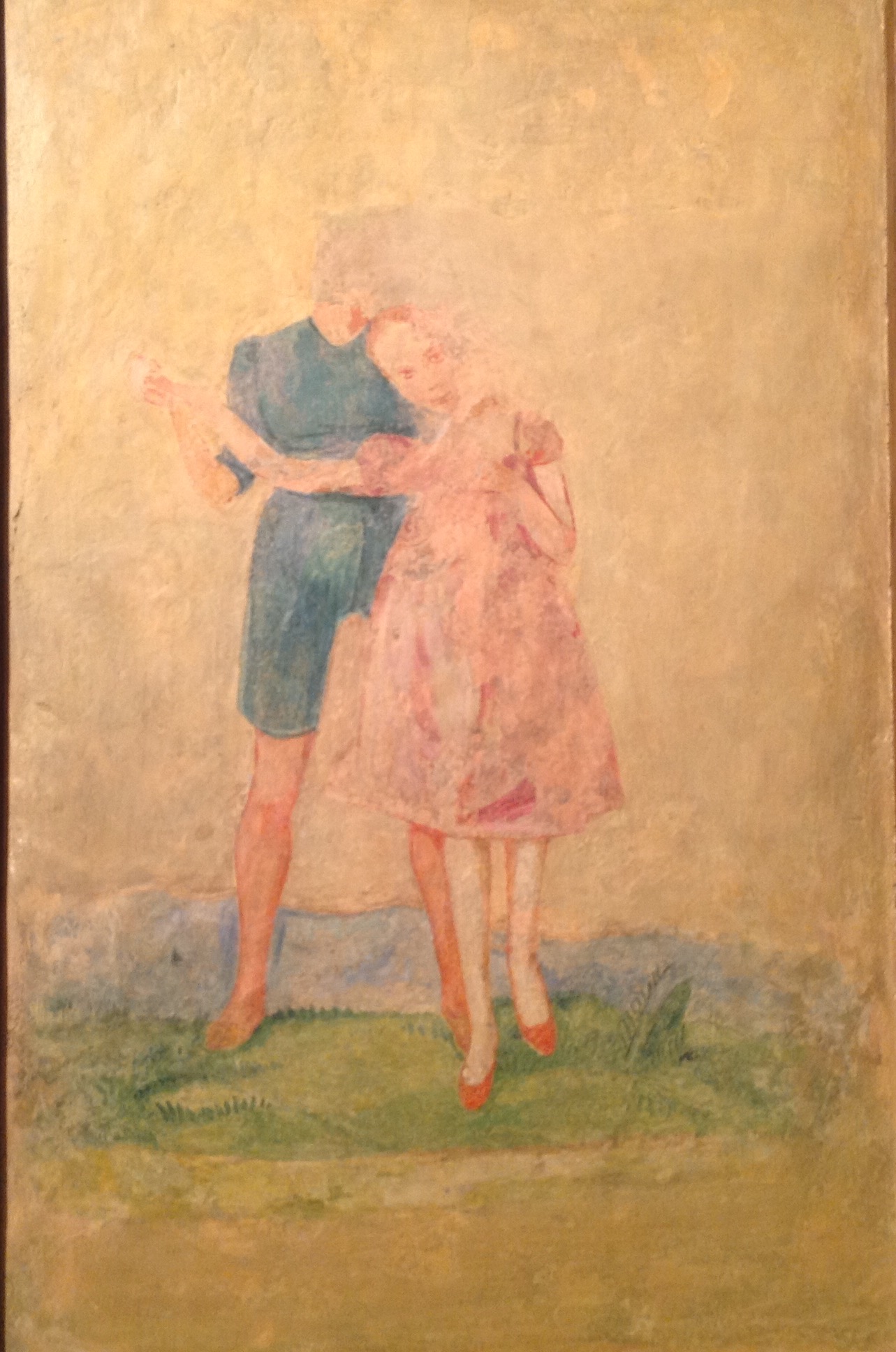 The first cinnamon & crimson room exhibits a series of images main to the creative mythologization of reality by Bruno Schulz. According to his definition they play "a role of clots in a solution around which the meaning of the world crystallizes". They include: a microcosm of a father and a son; a sacred image of a father as a spiritual alter ego; childhood as a brilliant epoch; a motive of a phaeton emerging from a dark forest and driven by powerful horses; a hut as a symbol of protection from a permeating sense of constant threat; an act of idolatry of a woman, who is raised to the rank of the Deity. Rare photographs, documents, works by Ephraim Lilien and Feliks Lachowicz, animated drawings of Bruno Schulz accompanied by music of Alfred Schreyer trio, initials and vignettes from "The Alphabet of Stanislaw Weingarten", a fragment from a film that inspired Schulz, Marko Vynnytsky relief "A man kneeling before the Book" inspired by the cover to "Book of Idolatry"and other artifacts create a distinct interrelated audiovisual space.
The first cinnamon & crimson room exhibits a series of images main to the creative mythologization of reality by Bruno Schulz. According to his definition they play "a role of clots in a solution around which the meaning of the world crystallizes". They include: a microcosm of a father and a son; a sacred image of a father as a spiritual alter ego; childhood as a brilliant epoch; a motive of a phaeton emerging from a dark forest and driven by powerful horses; a hut as a symbol of protection from a permeating sense of constant threat; an act of idolatry of a woman, who is raised to the rank of the Deity. Rare photographs, documents, works by Ephraim Lilien and Feliks Lachowicz, animated drawings of Bruno Schulz accompanied by music of Alfred Schreyer trio, initials and vignettes from "The Alphabet of Stanislaw Weingarten", a fragment from a film that inspired Schulz, Marko Vynnytsky relief "A man kneeling before the Book" inspired by the cover to "Book of Idolatry"and other artifacts create a distinct interrelated audiovisual space.
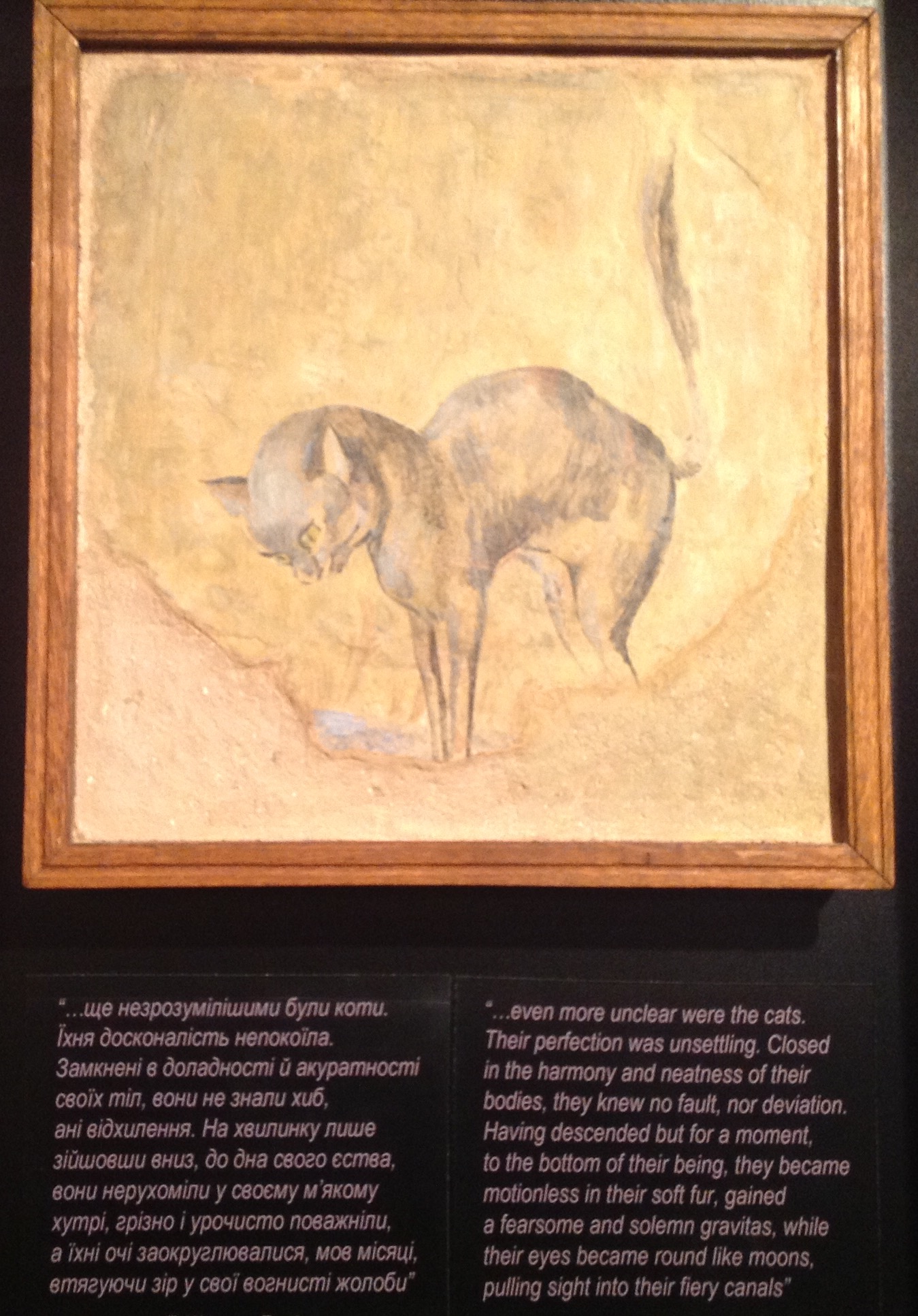 The second room is a meticulously reconstructed study of the writer, which was situated in the house of his sister Hania in Florianska str.,10 and where he spent most of his life between 1910 and 1941. It was recreated based on descriptions of Boguslaw Marszal, Fajwel Schreyer and Andrzej Chciuk. Atmosphere of the room is created by authentic furniture and household items of the period; pictures of relatives and friends; works of the closest friends which used to decorate the room; a portrait of the writer by Stanislaw Witkiewicz and a watercolor with a gloomy landscape by Rafal Malczewski; collages with numerous drawings of Bruno Schulz; as well as an audio version of his story «Solitude».
The second room is a meticulously reconstructed study of the writer, which was situated in the house of his sister Hania in Florianska str.,10 and where he spent most of his life between 1910 and 1941. It was recreated based on descriptions of Boguslaw Marszal, Fajwel Schreyer and Andrzej Chciuk. Atmosphere of the room is created by authentic furniture and household items of the period; pictures of relatives and friends; works of the closest friends which used to decorate the room; a portrait of the writer by Stanislaw Witkiewicz and a watercolor with a gloomy landscape by Rafal Malczewski; collages with numerous drawings of Bruno Schulz; as well as an audio version of his story «Solitude».
The third room represents and documents the most tragic period of the artist life during the Bolshevik and Nazi regimes. Fragments of his last artistic work, a mural "Fairy-tale room", created in 1942 and discovered in 2001, are exhibited as well.
Bruno Schulz was born on July 12, 1892 in Drohobych in the family of Jakub Schulz, a merchant from Sudova Vyshnya, and Henrietta (Handel), who came from a Drohobych family of wood traders Kuhmerker. At that time his mother was 41 and father was 46. The couple had two older children - Hanna (19 years) and Izydor (11 years), two other - died in their early childhood.
The younger son was the object of mother's intensive care and attention, not only because of his morbidity and physical weakness, but also because of excessive vulnerability of the boy. In the house they used German and Polish languages. Mother often reads to the son the Goethe Ballad's. Borrowed from Goethe ballad child's image, that the father carries on his hands through the night, is one of the bases for Schulz's imagination.
Setting out on a damned ship to Snyatynka, manor of graphs Tarnowski near Drohobych is one of the brightest feellings in early childhood. The boy, who painted every free piece of paj first saw the works of Luca Jordano, Wilhelm Leopolskyj, Maurycy Gottlieb, Juliusz Kossak and more than 30 artworks of Artur Grottger, who had been living in Tarnowski for almost two years. Andrzej Chciuk writes in the memoirs "The Moon Land" that Bruno was so captured by the journey, a revelation of beauty that, until the and of his life, he talked about the "grace of trial to the work of art - as the highest, most widespread pleasure of man".
"Where the country's map shades south to a fawn yellow that darkens in summer's burning to a ripe pear, there it lies, like a cat in the sun: that select region, that private district, that most singular of towns. How to convey it to the profane?"
"The Republic of Dreams" Bruno Schulz
Ephraim Moses (Moshe, Maurycy) Lilien "Market Trading In Drohobych". About 1892
On the penultimate year in Gymnasium, the family moved to Bednarska Street, where Sister Bruno - Hanna lived with her husband Moses Hoffman, an oil businessman (who committed suicide in 1910) and children, (the nephews of Bruno - Ludwik (1903) and Zygmunt (1910), Bruno often depicted them.
In the Franz Joseph State Gymnasium, where Bruno studied during the yean 1902 - 1910, he was the best, the most insolent and that most capable students, as evidenced by the saved annual school certificates. At tha lame tlma he was a whimalcal child, sociable, but prone to solitude.
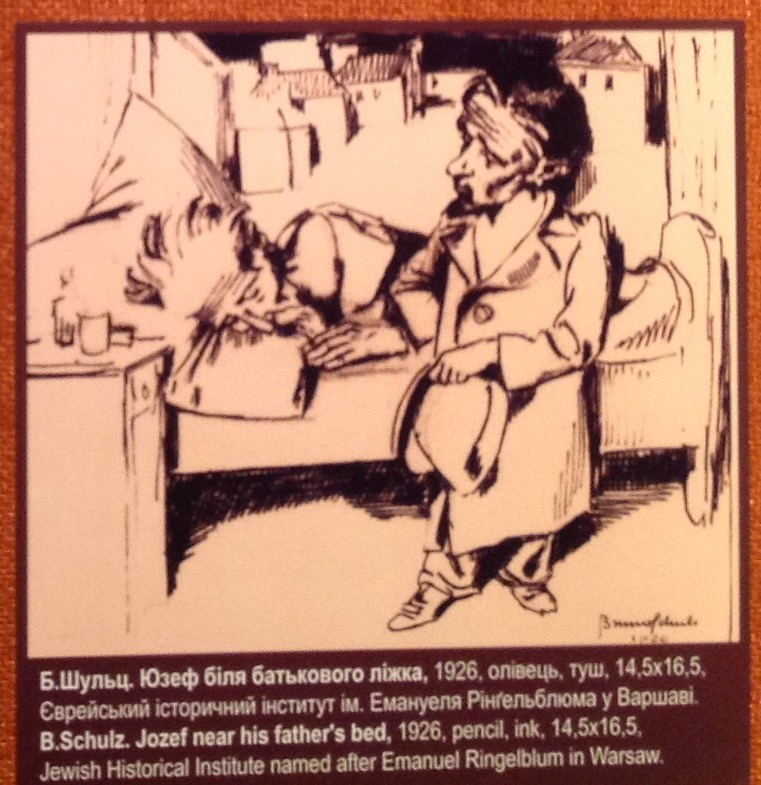 His father's death in 1915 became for Bruno the tragic and final end of a happy age that died irrevocably on that side of the First World War, the epochs, which he would strive to resurrect and mythologically reconstruct in his work. In his writing, he would return to the fact that in reality became irrevocable, in the myth he would documented the irremovability of the past.
His father's death in 1915 became for Bruno the tragic and final end of a happy age that died irrevocably on that side of the First World War, the epochs, which he would strive to resurrect and mythologically reconstruct in his work. In his writing, he would return to the fact that in reality became irrevocable, in the myth he would documented the irremovability of the past.
Bruno Schuiz came back to Vienna al the end of 1916. Here B Schuiz attends lectures at the Vienna Polytechnic, acquainted with the works of Alfred Kubin, Egon Shile, Oscar Kokoshka etc. At that time he begins to incline to the intention to leave the architecture and devote himself exclusively to artistic creativity. However, in 1919, Schuiz resumed stydmg in Architectural Faculty at Lviv Polytechnic, and after half a year he interrupted training forever. At the same time, trie young artist joins the creative union "Kaloia", which was created in Drohobych by young art fans, representatives of the Jewish intellectuals. Further years are self-education, reading and dreams of a professional artist's career.
In 1920 - 1922, Bruno Schulz creates a graphic cycle called "The Book of Idolatry". About 20 compositions performed in rare techniques cliche-verre which author has invested in his own hand-made linen rim folders. The graphic work cycle functioned well apart, they were exhibited and sold at exhibitions. Since 1921 the exhibition activity of the artist began (in Boryslav, Drohobych. Lviv, Warsaw, Vil'ni etc), which immediately received press favorable reviews.
"My technique is a laborious one. It isn't aquafortis etching but the so-called diche-verre technique, using a glass plate. You draw with a stylus on a black gelatin layer covering the glass, and the translucent negative drawing obtained in this way is treated like a photographic negative, i.e. it is printed in a photographic copying frame onto light sensitive paper, developed, fixed and rinsed. The procedure is like photo printing. The cost is considerable - so is the labour".
From Bruno Schulz's letter to Zenon Wasniewski. April 24. 1934
At the end of 1937, the second collection of stories by Bruno Schulz entitled "Sanatorium under the Sign of the Hourglass", printed with more than thirty author's illustrations, was published. In November 1938, for achievements in the literary field, Bruno Schulz was awarded the Golden Laurel of the Polish Academy of Literature.

